Applied tools and techniques of artificial intelligence in the field of architecture
Author : Mahyar Arab Bourbour Publisher: Azarfar Publishing
Year of Publication: 2024 Number of Pages: 344, Illustrated
Book Introduction:
In an era where technology is rapidly evolving, artificial intelligence (AI) has emerged as one of the leading pioneers of these changes. This technology has made profound impacts not only in the fields of science and industry but also in art and architecture. Architecture, long recognized as a blend of art and science, has now entered a new phase of evolution with the advent of AI. With its remarkable abilities in data analysis, machine learning, and simulation, AI has opened up new horizons for the design and construction of architectural structures.
In this book, we explore the role and impact of AI in architecture. From leading firms like Coop Himmelb(l)au and Morphosis to renowned architects like Zaha Hadid, all have leveraged AI to create innovative concepts and designs. By using AI, design and construction processes have improved dramatically, offering new opportunities for creativity and innovation. This book not only introduces new technologies and tools but also examines the future of architectural offices, super-users, and the competition among firms in harnessing AI. From Spacemaker AI to Xcool technology, we seek to uncover how these tools can transform design and construction processes.
We will also explore details such as automated design, reinforcement learning, and simulation as part of future predictions, and ultimately, we will look at the future of AI in architecture. This book aims to familiarize readers with the innovations and challenges ahead in this field, offering a comprehensive view of how AI can merge with the art and science of architecture. Along with case studies demonstrating the successful application of AI in architectural projects (structural design, energy consumption optimization, and the creation of more efficient spaces), this book serves as a guide for architects and designers, envisioning a brighter and more efficient future. It is our hope that this introduction will prepare and inspire you to enter the fascinating world of AI in architecture.
